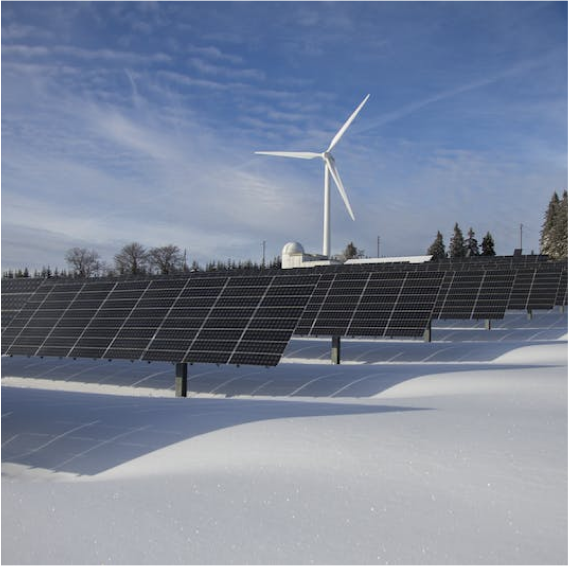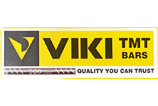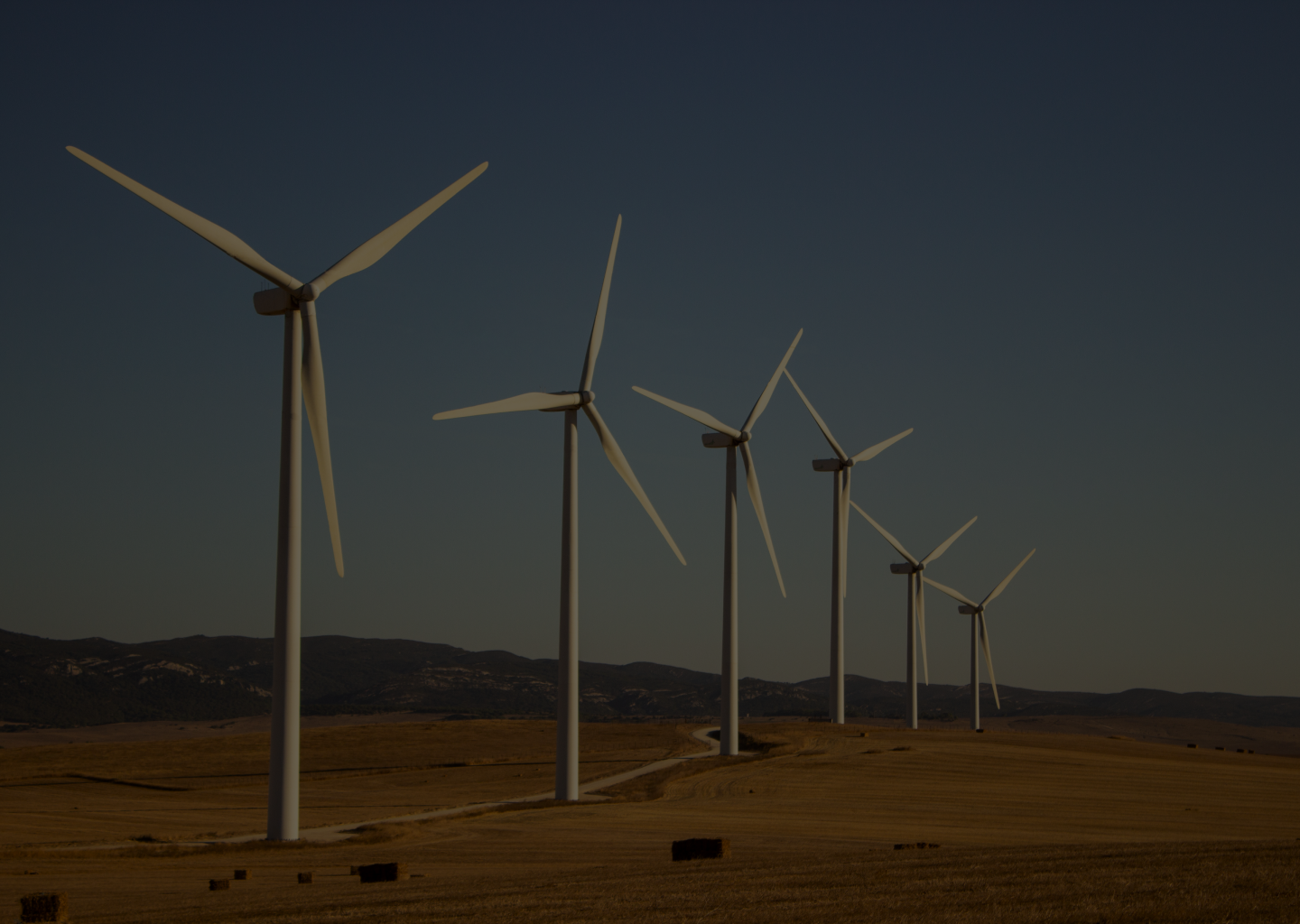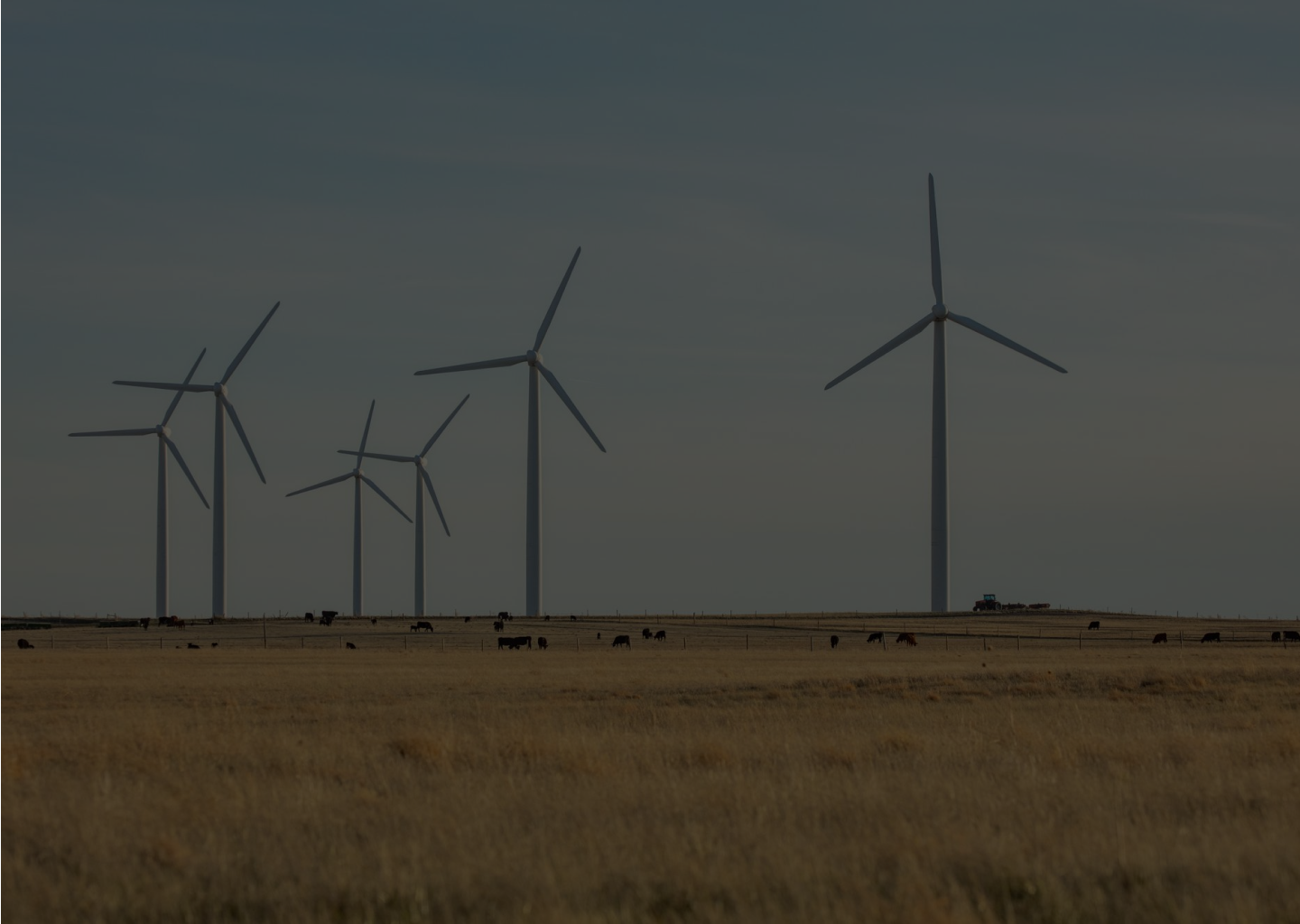Our Solutions


Partners and Clients
SPI Power offers its ground-breaking products to residential, commercial, and government clients through partnerships with major industry titans.
























FAQs
1. Status of renewable energy in India?
Due to its size and tremendous potential for growth and development, India’s energy demand is anticipated to rise more than that of any other nation in the next decades. The majority of this additional energy demand must therefore be satisfied by renewable, low-carbon sources. An important turning point in the global fight to tackle climate change has been reached with India’s announcement that it plans to achieve net zero carbon emissions by 2070 and to meet 50% of its electricity needs from renewable sources by 2030.
2. Where do we stand globally?
India is fourth in the world in terms of installed renewable energy capacity (including large hydro), wind power capacity, and solar power capacity (as per REN21 Renewables 2022 Global Status Report).
3. What are the types of renewable energy?
- Solar energy
- Wind energy
- Hydro energy
- Tidal energy
- Geothermal energy
- Biomass energy
4. Specific insights on wind and solar energy?
Clean technology like solar and wind energy systems will benefit you greatly. These advantages extend beyond significant electricity bill savings. You may dramatically lower your carbon footprint by utilizing the strength of free, limitless energy resources like solar and wind.
5. What are carbon offsets?
Carbon offsets are a way for individuals or organizations to reduce their carbon footprint by investing in projects that reduce greenhouse gas emissions or remove carbon dioxide from the atmosphere. By funding projects such as reforestation or renewable energy initiatives, individuals and organizations can offset the carbon emissions they generate in their daily lives or operations.
6. What are the renewable energy certificates and what are the eligibility criteria for acquiring the same?
A market-based instrument called a renewable energy certificate (REC) was introduced to promote renewable energy and make it easier for obligated entities to comply with their renewable purchase obligations in order to address the discrepancy between the availability of RE resources in the state and the requirement that they meet RPO. 1MWh is equal to one REC. RECs can also be divided into Solar and Non Solar RECs. For qualified entities that generate electricity using solar energy as a renewable energy source, solar RECs are issued, and for those that do not, non-solar RECs are issued.
7. What are the ways to improve the energy efficiency of commercial buildings?
- Energy efficiency audits
- Day light utilization
- Rework your insulation
- Choose the right ventilation system
- Buy energy certified equipment
- Switch to LED lighting
- Upgrade to LEED
- Regulate heating & cooling with thermostats
- Fix leaks in your building
- Switch to renewable energy





